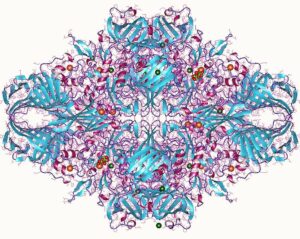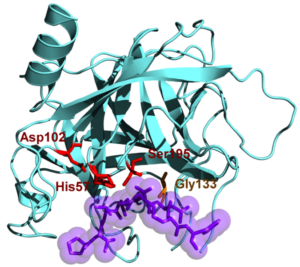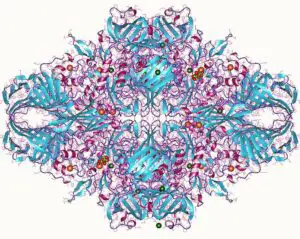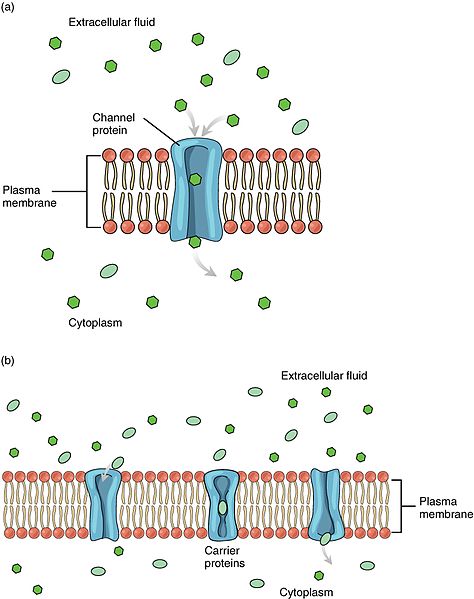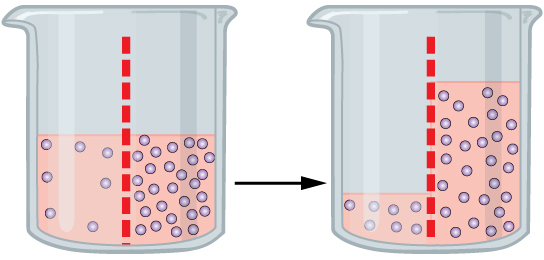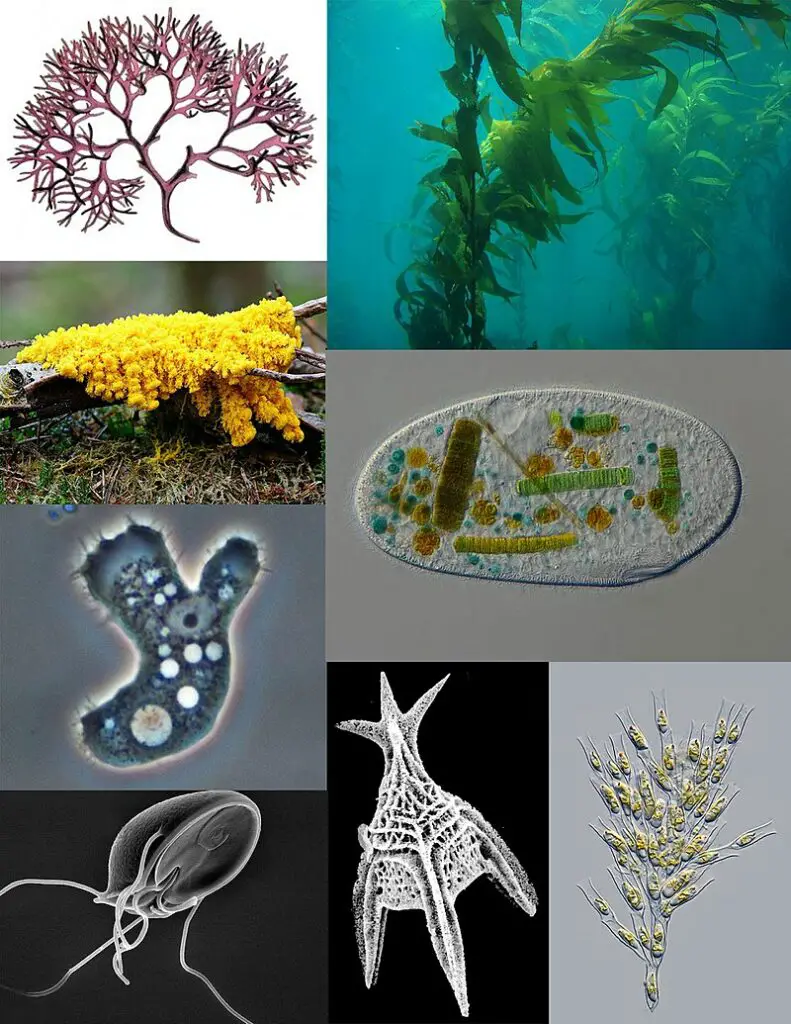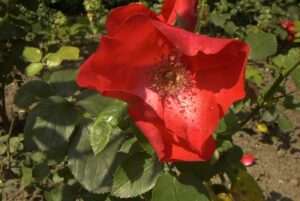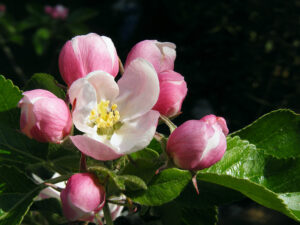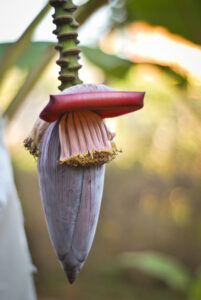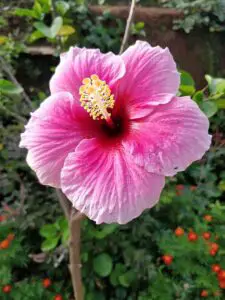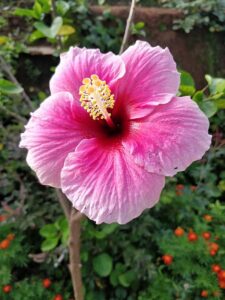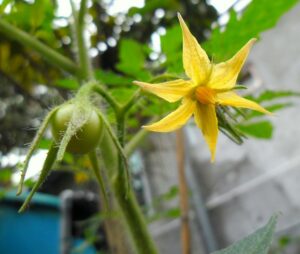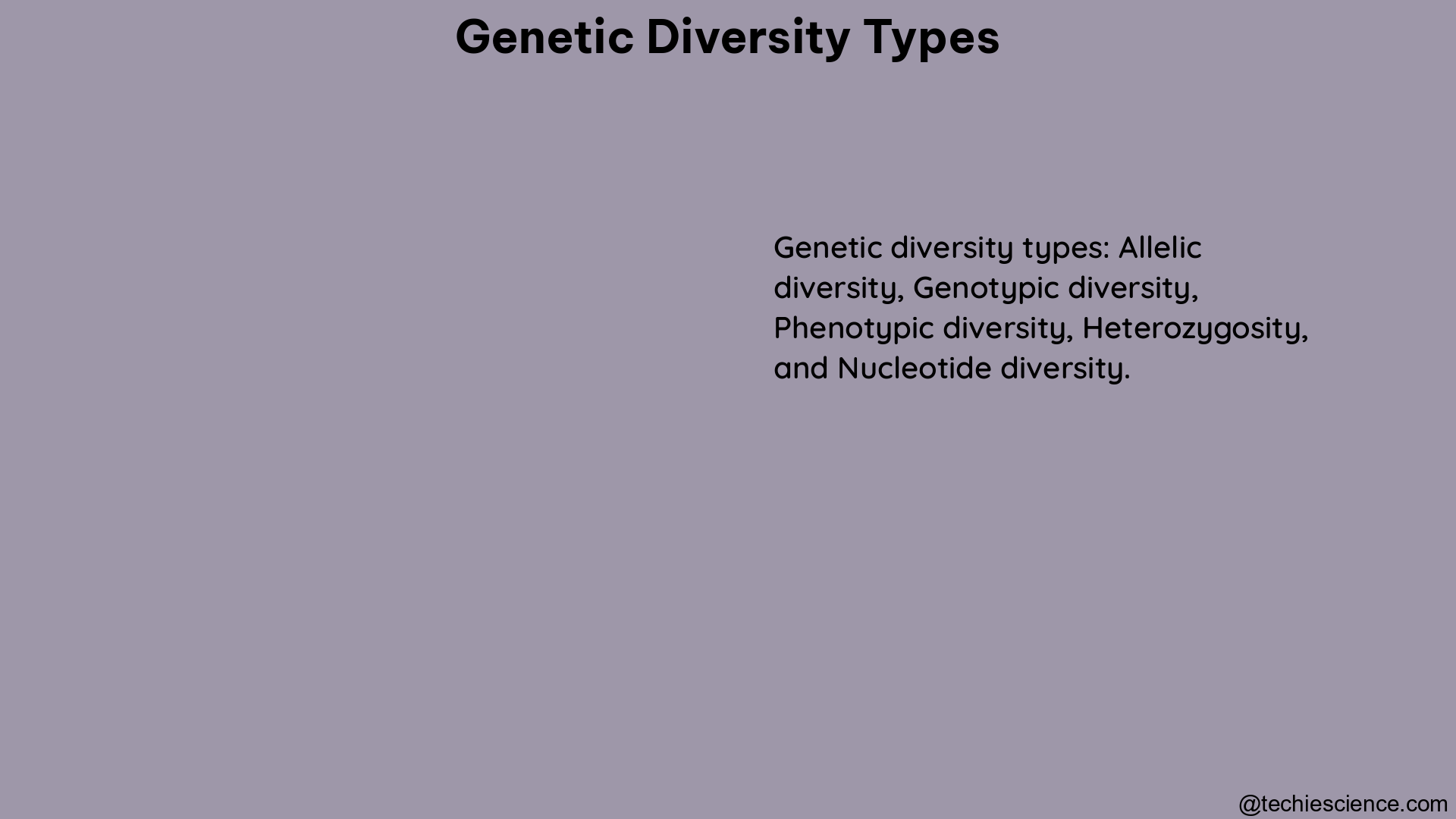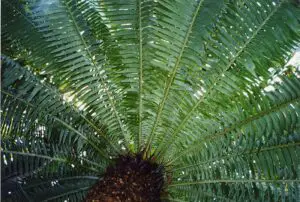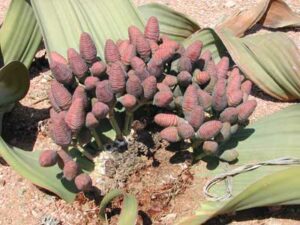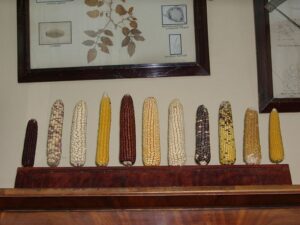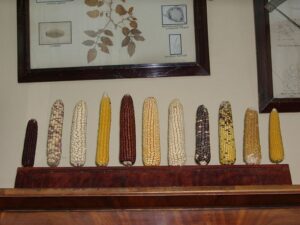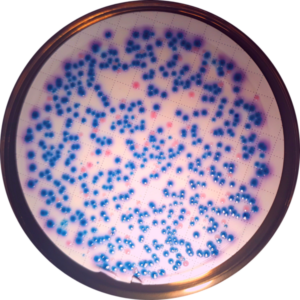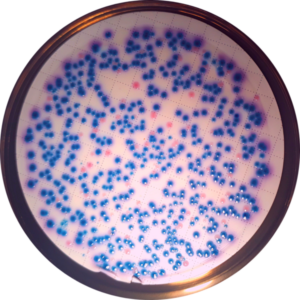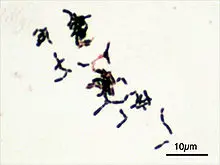Complete flower is comprises of four parts like sepals, petals, stamens and carpels.
Complete flower has four important parts like sepals, petals, stamens and carpels. In complete flower there will be male and female reproducing parts.
- Hibiscus (China rose)
- Rose
- Passion flower
- Lilly
- Gulmohars
- Sweet Peas
- Tulip
- Tomato
- Lemon
- Guava
- Jimson weed (Datura – thron apple)
- Golden shower tree
- Mountain ebony
- Margosa tree
- Black nightshade
- Curry tree
Hibiscus(China Rose):
Hibscus comes under family of malvaceae with the genus hibiscus.
The hibscus flowers are large, visible, trumphet shaped having five or more petals. There are different colours in flowers ranging from white to red, pink, orange, yellow and purple.
Hibscus flower has pistil which has female parts and it is a long tubular parts. Pistils include stigma, style, and ovary.
The portion of the pistil which is swollen is called ovary, the upward tube is called stigma.
Rose:
Rose is woody and everlasting plant. It comes under family of rosaceae and having genus rosa.
Nearly there are 300 different species in roses.
Roses are the group of plants with rigid shurbs, climbing and having stems with sharp prickles. The rose flower has five petals and sharp oval leaflet. The floral cup is known as hip.
There are different types of flowers in basing on the size, shape, smell.
The colours range from white to red.
Most of the species are hybridized to form diferent roses.
Usually roses are used as a symbol of love and sympathy and rose petals are used in scent and cosmetic production.
Passion flower:
Passion flower has another name passion flora. They come under family of passifloraceae.
They may be climbers or having vines along with tendrils. Some of the plants can be woody or herbaceous.
The flower shape is vary from shallow saucer shape to long trumpet during blossom period.
The flower has five petals in upward position and five sepals. The flower also has many tiny out fibers from the tube called crown. This is referred as the most beautiful part of the flower.
At the bottom of the inner part of the tube the five stamens form ring shaped structure (male pollen) and the ovary is present at the above the stamens. Above the ovary there are widely spreading styles with button like stigma. The ovary contains many seeds in three compartments and it ripens into a capsular fruit.
Lily:
Lily is an herbaceous flowering plant, come under the genus lilium. The family of lily is liliaceae.
The true lilies are the scaly bulbs, leafy stems usually these are narrow leaves and clustered flowers.
The flower has six petals they form the shape of trumpet.
Lilies usually can be grown through bulbs as well as seeds.
There are many varieties in lilies depending the color and size.
Most of the species are aromatic and lily has a nick name the flower of light because of its beauty.
Gulmohars:
It comes under fabaceae family with the genus delonix. It has a fern like leaves in light and bright green color and red- orange flowers with four petals and fifth upper petal is known as standard. The flowers have large elongated pollen grains. The flowering time is summer.
It has some other names in English like royal Poinciana, flame of forest. It is commonly grown through seeds. It is used as an ornamental plant. These flowers have antibacterial, antidiarrheal property.
Sweet Peas:
The Latin name of sweet pea is Lathyrus odoratus. It comes under the family of fabaceae and having the genus lathyrus. These flowers look like fringed butterfly while the stems are winged. The sweet pea flowers have distinct aromatic fragrance and there are different colors in flowers. The suitable flowering time is between spring and early summer.
Tulip:
Tulip flowers are comprised of three petals and three sepals. These flowers look like bell. The flower also contains six stamens and three lobed- ovary and three sessile lobed-stigma. The ovary is terminated by stigma. There are many colors in flowers from red to yellow to white.
Tulip has two to three long, broad leaves. The leaves are bluish- green in color.
Tomato:
Tomato belongs to angiosperms and it reproduces sexually and forms seeds. It comes under solanaceae family. These can germinate into new plant in favorable conditions.
Tomato flower has both male and female reproductive system. It contains mainly sepals, petals, stamens and pistil.
Sepals:
This is the green colored part of the flower which is visible first when the bud is formed. It protects the bud before opening.
Petals:
These are yellow in color and attracts the bumble bees.
Stamens:
Stamens have the filament and at the top of the filament there is an anther with pollen.
The pollen carries male genes. The stamens are fused to form tube shaped structure.
Pistils:
Pistils have stigma, style and ovary at the middle of the flower.
It comprises of stigma, style, and ovary at center of the flower. It carries female genes. The seeds are formed when pollens fertile with ovary.
In tomato plants the fruit development is taken place in two steps.
- Pollination
- Fertilization
Lemon:
Lemon comes under family of rutaceae. It usually ever green flowering plant.
The have petals in white to purple colour and the buds are reddish in colour.
The flowers are in sweet smell and solitary in small clusters and in the axils of the leaves.
Guava:
Guava comes under myrtaceae family.
The flowers contain four petals and white in colour.
The fruits are round to oval shape and they have many seeds and soft pulp.
Jimson weed: (thorn apple)
Datura comes under the family of solanaceae. These are commonly poisonous plants. These are also known as thorn apples. The flowers have long elongated trumpet and these are white,cremy or violet in colour.the flowers usually grow on short stems or at axil of the leaves.
The calayx is long tubular in structure and swollen at the bottom and submounted by five sharp teeth.
The corolla is white in colour folded or partially open and funnel shaped with prominent ribs.
The flowers open during night time with aromatic smell to attract nocturnal moths.
The flowers generally open at night and emmit fragnance to attract nocturnal moths. The flowers are developed into oviod, egg shaped seedcapsule with many seeds.
Golden shower tree:
It comes under family of fabaceae.
The scienific name is cassia fistula. It has other names like purging cassia and indian labrunum.
The flowering time is summer and the flower of golden shower tree is reffered as flower of kerala. The flowers are comprised of five petals and yellow in colour.
They develop in pendulous raceme pattern and the leaves are arranged in a spiral manner.
Mountain ebony:
The scientific name is Bauhunia variegata and it comes under family of fabaceae.
The flowers are vary in colours like light purple, magenta, pink or white with five petals.
The flowers also have enlongated pollens nearly 75 microns in length.
Margosa tree:
In India it is commonly known as neem. The scientific name is Azadiracha Indica. It comes under family of Meliaceae.
It has a tiny fragment white bi sexual flowers. It flowers can develop into seeds and the neem plants are propagaed through the seeds.
The neem has several benefits. It can be used as anifungal and anti- bacterial.
Neem is used in shampoos, soaps, tooth paste, mouth wash etc.
Royal poinciana:
They come under the family of fabaceae.
The flowers are orange in color. The flowers contain four red to orange petals and one uplift petal called standard.
The flowers also contain long anthers which produce pollens.
Black night shade:
This is also known as solanum americanum.
This comes under the family of solanace.
The flowers are greenish to white petals and bright yello anthers.
The flower is developed into berry like friut. This is poisinous in nature.
Curry tree:
The scientific name is helichrysum ialium.
It has common names like immortelle and ialian star flower.
It comes under Asteraceae family.
It develops a beautiful inflorescence with numerous tiny, sponge- like yellow flowers.
After blooming period the friuts are developed in flower palces with many seeds which are brown in colour.
The flowers are fragnance so these flowers are used in perfume production.
Conclusion:
Thus the complete flower is comprised of both reproductive and non reproductive parts. The stamens and pistols are the reproductive parts and the petals and sepals are the non reproductive parts.
Also Read:
